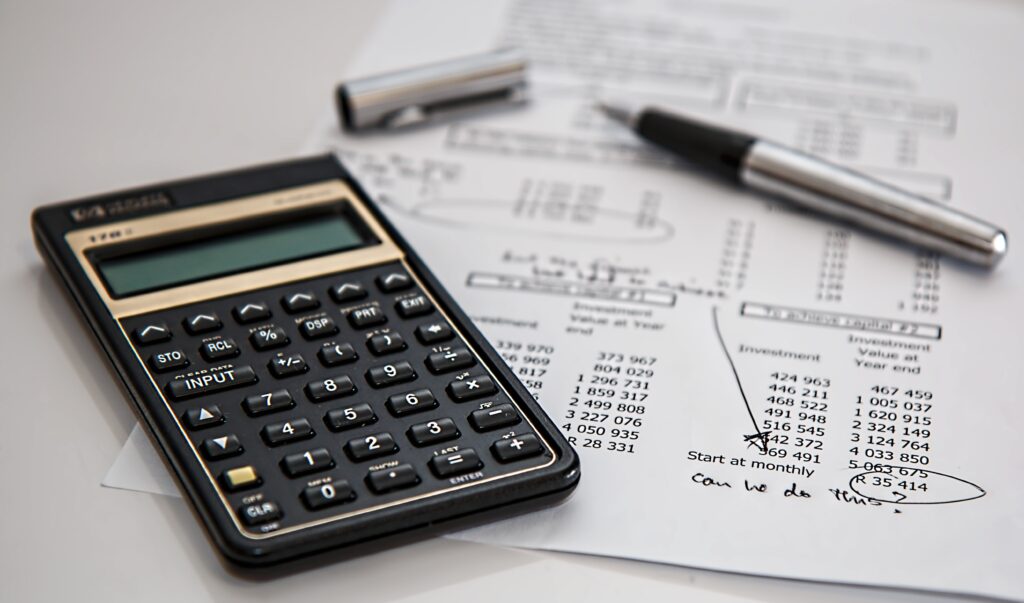
Pricing is a critical factor in the success of the hotel industry, and
there are two main approaches to pricing: static and dynamic. In this
blog, we’ll explore dynamic pricing, its benefits, how it works, and how
hotels can adopt it as part of their pricing strategy.
The Benefits of Dynamic Pricing
Dynamic pricing is a more flexible approach to pricing that allows hotels to adjust their room rates in real-time based on demand and market conditions. This approach offers several benefits for hotels, including:
Increased Revenue and Profits
Dynamic pricing allows hotels to capture more value when demand is high and reduce prices when demand is low, leading to increased revenue and profit.
Improved Competitiveness with OTAs and Other Intermediaries
Dynamic pricing also allows hotels to compete more effectively with online travel agencies (OTAs) and other intermediaries, who typically use dynamic pricing to offer customers the best available rates. By using dynamic pricing, hotels can match or beat those rates, retain more control over their pricing and revenue, and increase their direct bookings.
Enhanced Customer Experience and Loyalty
By offering personalized prices and promotions through dynamic pricing, hotels can improve their customer experience and loyalty, making customers feel valued and appreciated, and encouraging them to book directly with the hotel.
How Dynamic Pricing Works
Dynamic pricing involves using technology and data analysis to adjust room rates in real-time based on various factors such as the season, the day of the week, the occupancy rate, and competition. The hotel can set different prices for different days and periods, capturing more value when demand is high and reducing prices when demand is low.
Adopting Dynamic Pricing as Part of Your Pricing Strategy
Dynamic pricing is a growing trend in the hotel industry, and hotels that adopt it as part of their pricing strategy can benefit from increased revenue, improved competitiveness, and enhanced customer experience. When evaluating the suitability of dynamic pricing for your hotel, consider the following steps:
- Assess your hotel’s demand and market conditions
- Determine your hotel’s goals and objectives
- Evaluate the technology and data analysis tools available to support dynamic pricing
- Implement dynamic pricing as part of your overall pricing strategy
- Monitor and evaluate the results of dynamic pricing on your hotel’s revenue and profitability.
Conclusion
Dynamic pricing is a powerful tool for hotels to increase revenue, improve competitiveness, and enhance customer experience. By adopting dynamic pricing as part of their pricing strategy, hotels can respond to changes in demand and market conditions, and capture more value from their pricing.
Contact Baten Consulting
At Baten Consulting, we’re dedicated to helping our clients leverage technology to improve their operations and drive revenue. Our team of experienced consultants has extensive experience in the hospitality industry and a deep understanding of the latest technologies, allowing us to provide expert advice and support. Whether you’re a hotel, resort, or technology company, we can help you achieve your technology goals and succeed in the competitive hospitality industry.




